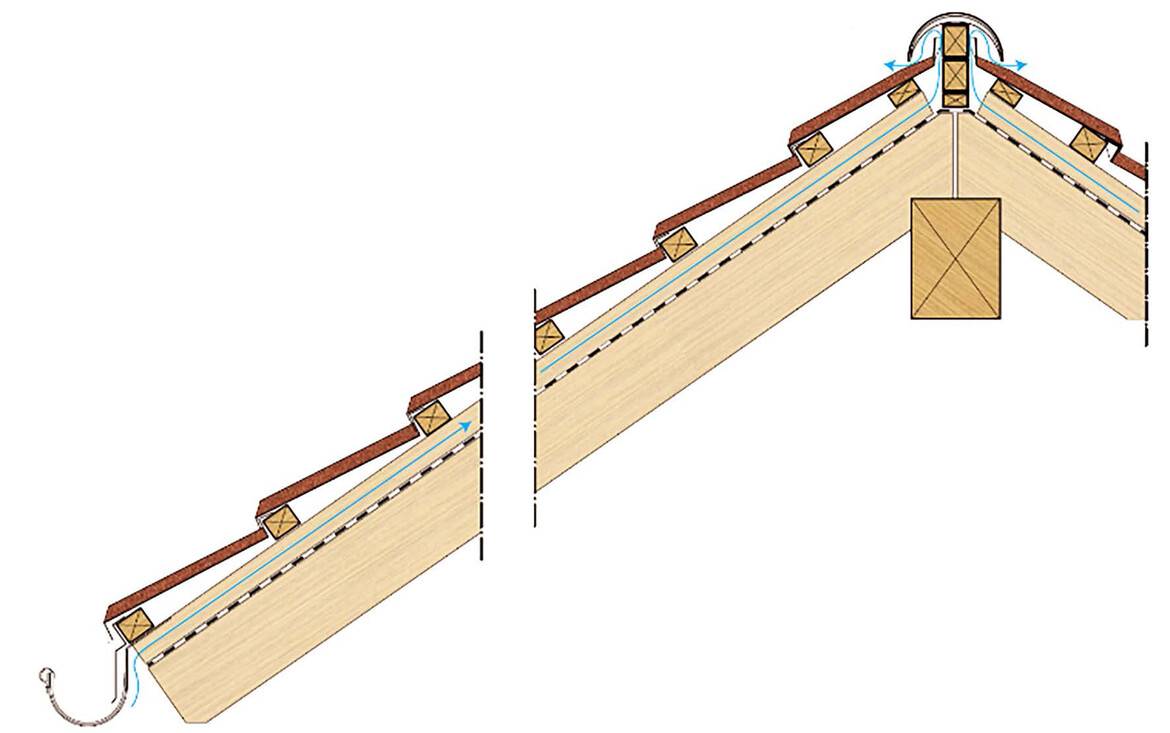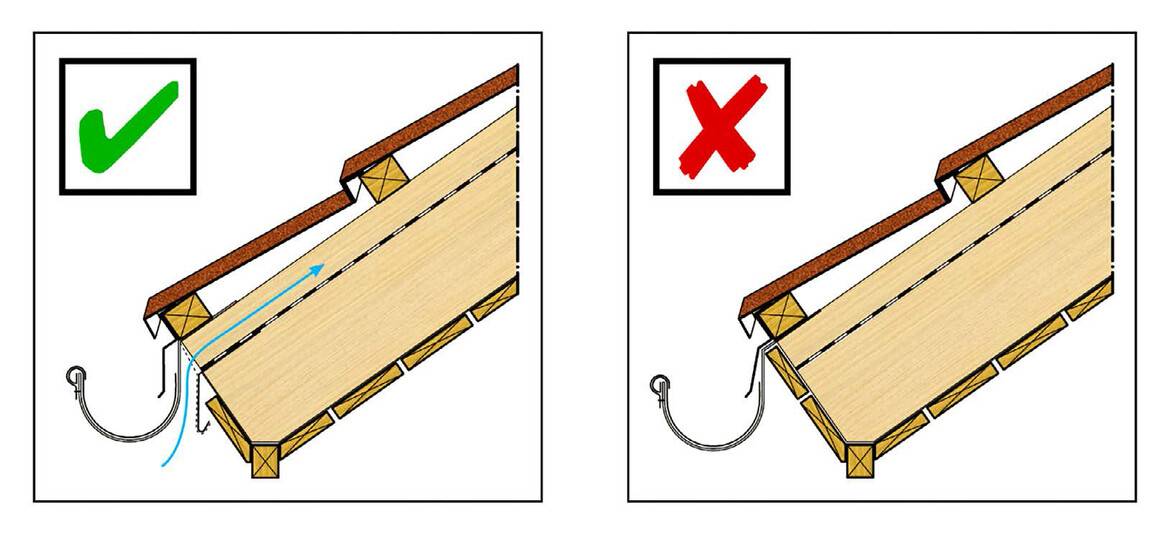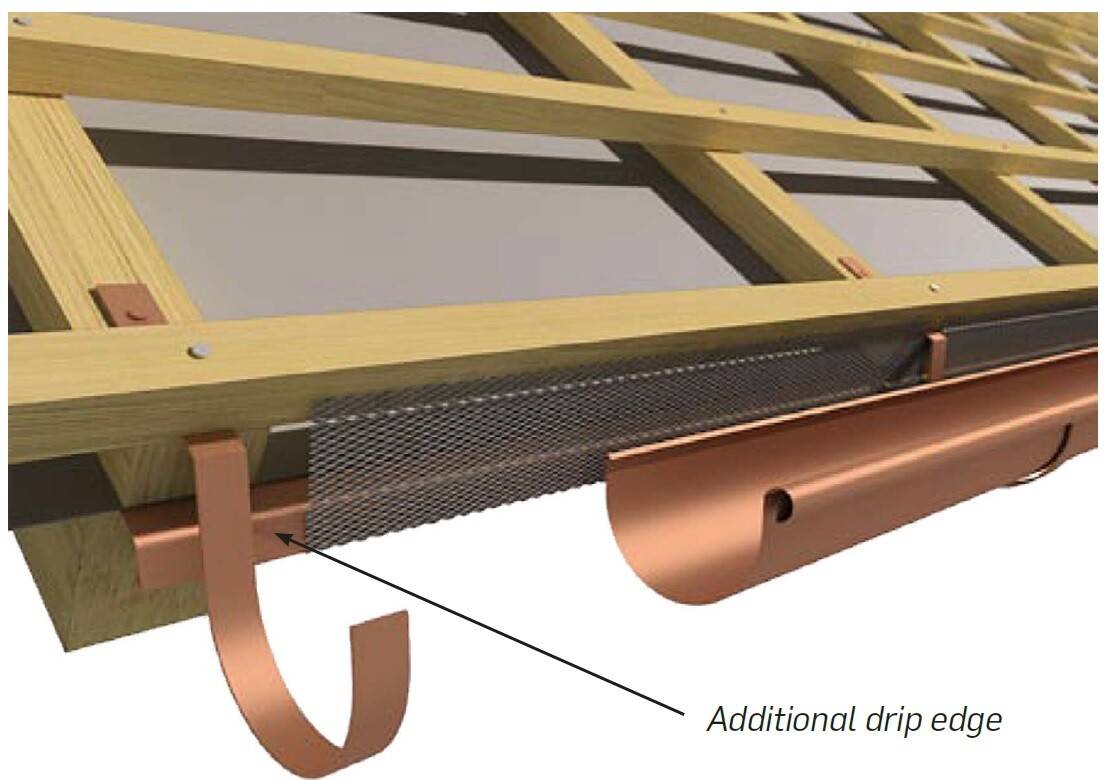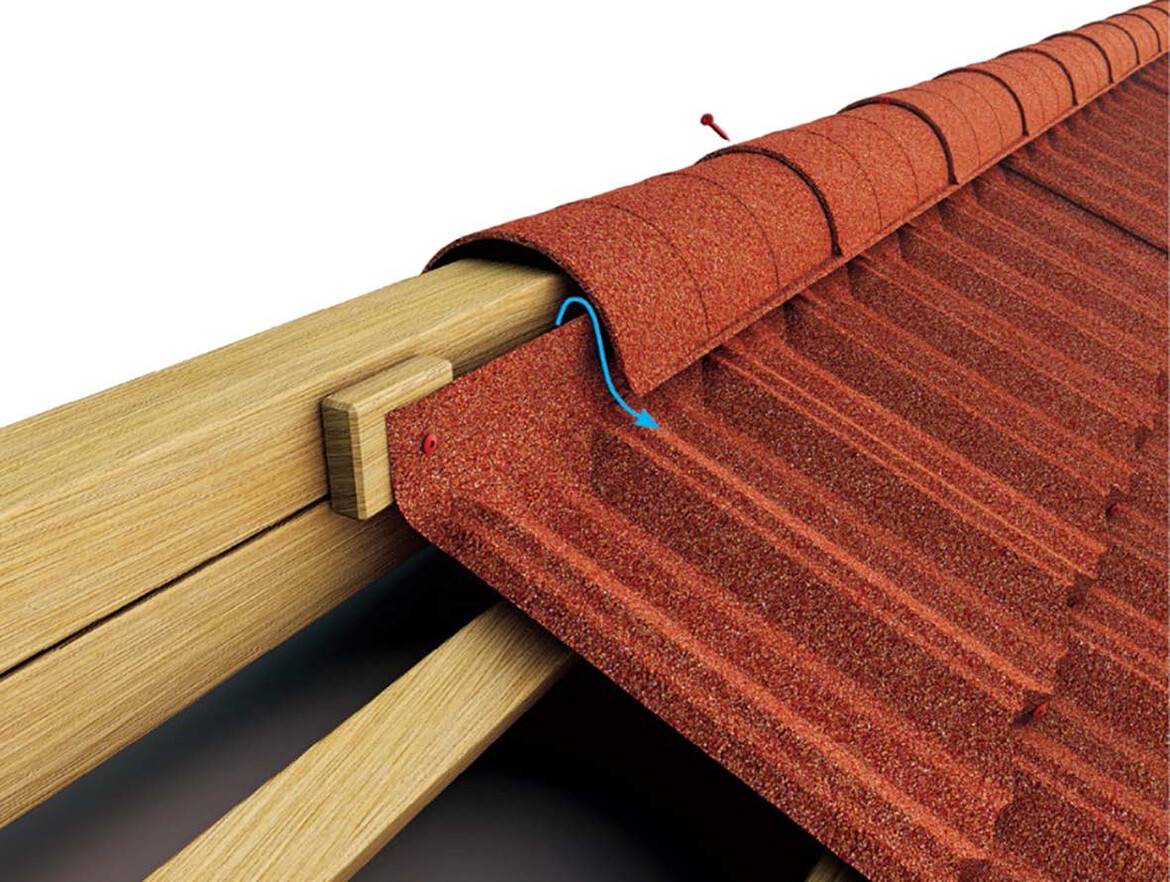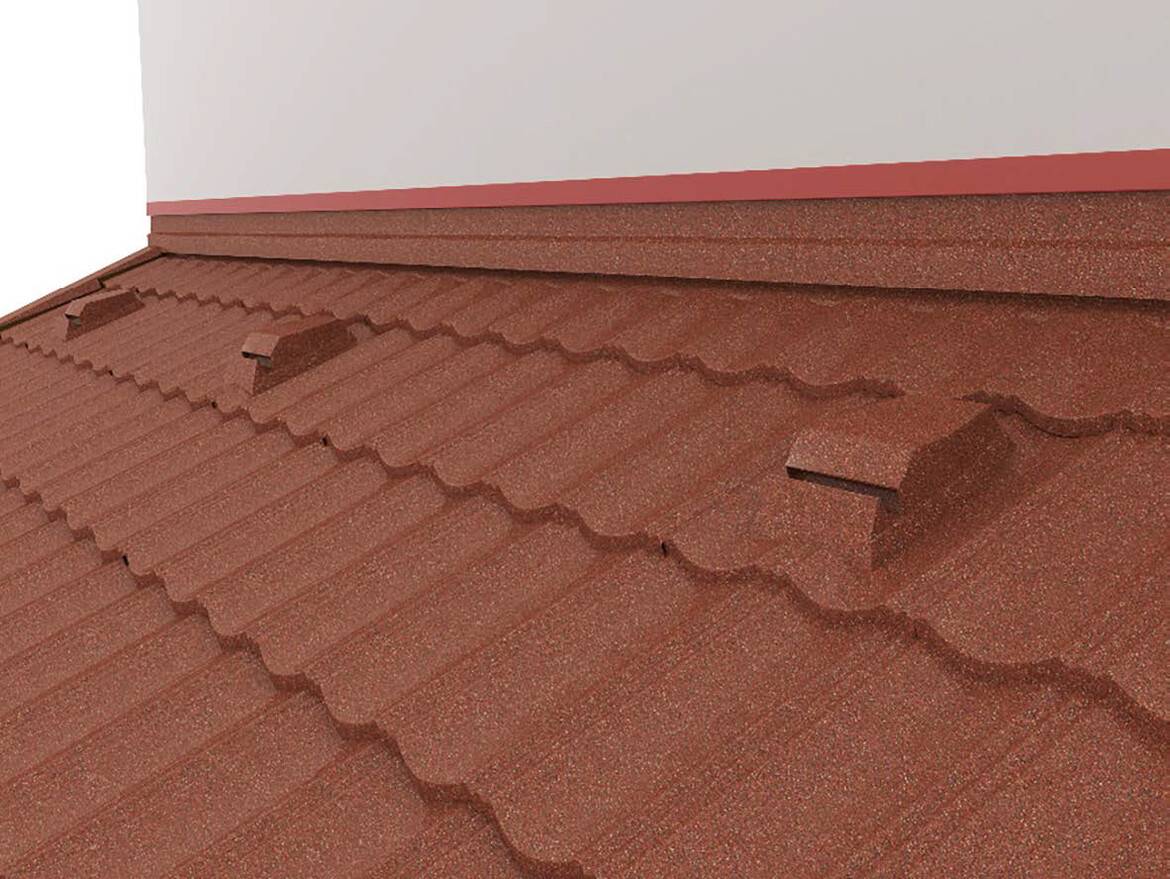Proper ventilation of pitched roofs is essential to prevent condensation, mold growth, excessive heat buildup and structural damage.
Roof ventilation refers to the airflow system or ventilation gap integrated into the roof structure to enable adequate air circulation. This circulation helps regulate temperature and moisture levels within the attic or roof cavity.
Ventilation is typically achieved through the installation of counter battens fixed to the rafters, which create a continuous ventilation gap between the insulation and the roof covering.
In Europe, there is no single EN (European Norm) standard dedicated solely to pitched roof ventilation.
However, several EN standards address related aspects of roof construction, such as moisture control and hygrothermal performance.
Roof ventilation requirements are generally defined by national building regulations and standards.
A commonly referenced national standard is DIN 4108-3 (Germany), which provides detailed guidance on thermal insulation and the prevention of moisture damage in building components, including provisions for roof ventilation.
Key Roof Ventilation Requirements Under DIN 4108-3
For roofs with a roof pitch of 5° or more, the following cross-sections are required:
• Free ventilation cross-section in the roof area with a height of ≥ 2 cm.
• Free ventilation inlet opening at the end of the eaves and lect ≥ 2 ‰ of the corresponding sloping roof surface, but at least 200 cm²/m.
• Free ventilation outlet at ridge ≥ 0.5 ‰ of the associated sloping roof area, but at least 50 cm²/m.
• Blocking value (Sd value) of the component layers below the ventilation layer ≥ 2 m.
General Roof Ventilation Practice in Europe
Recommended Ventilation Space:
A ventilation gap of ≥ 50 mm between the insulation and the roof covering is typically recommended to ensure adequate airflow and moisture evacuation. This requirement may vary depending on national regulations.
In some regions, a reduced gap of 20 mm may be permitted if sufficient airflow is demonstrated - often in combination with highly permeable roof membranes or specific roof coverings.
Intake & Exhaust Ventilation Balance:
A balanced system of intake and exhaust ventilation is essential to maintain continuous airflow through the roof structure. To ensure effective air circulation, adequate openings must be provided at both the eaves and the ridge:
• Soffit vents (air inlets) should be installed at the eaves to allow cool, fresh air to enter.
• Ridge vents (air outlets) should be positioned along the roof ridge to enable warm, moist air to escape.
The ventilation strategy should comply with national or regional codes and be adapted to roof geometry, pitch, underlay type, and local climate conditions.
GERARD Roof Structure recommendations
GERARD roofs are considered as a ventilated roof structure by installing counter battens over breathable membrane to facilitate efficient ventilation of the air space.
Breathable membrane is essential for ensuring durability, insulation, and moisture control in the roofing system.
Ventilation space should be provided above the underlay, by means of eaves and ridge ventilation. This is achieved by the installation of counter battens nailed to the rafters. The height of the counter battens can be from 25 to 50mm. Thicker counter battens enlarge the ventilation space, thus enabling humidity to exit more efficiently. To achieve good air circulation, an air inlet in the eaves and an air outlet in the ridge should be ensured.
